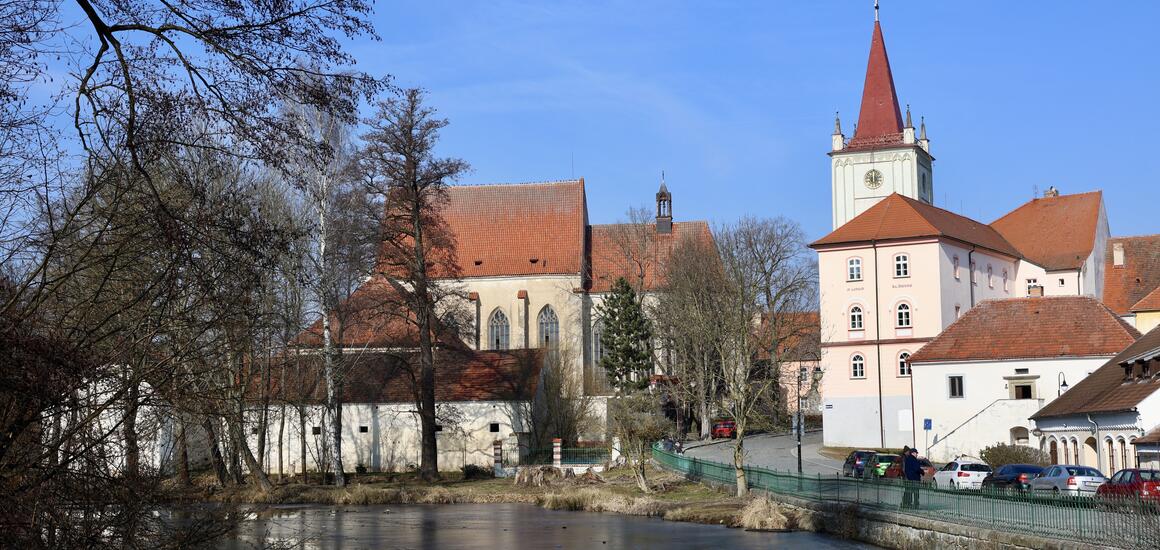Categories

DATE: 22nd February 2025
COMMENT & HISTORY:
The Church of the Assumption of the Virgin Mary (Kostel Nanebevzetí Panny Marie) in Blatná, Czech Republic, is a significant Gothic structure with a rich history closely tied to the development of the town and Blatná Castle.
Historical Overview
- Origins: The church dates back to the 14th century, initially constructed in the Gothic style. It was built to serve the religious needs of the local community and the noble families residing in Blatná Castle.
- Gothic Development: During the late Middle Ages, the church underwent significant expansions reflecting the Gothic architectural style, characterised by pointed arches, ribbed vaults, and detailed stonework.
- Renaissance and Baroque Modifications: Over the centuries, the church experienced Renaissance and Baroque influences through various reconstructions, including interior enhancements and the addition of decorative elements.
- Role in the Community: The church played a central role in the spiritual and cultural life of Blatná, hosting religious services, ceremonies, and events linked to the aristocracy of the region.
Architectural Highlights
- Gothic Core: The primary structure retains its Gothic design, particularly visible in its presbytery and nave.
- Baroque Interior: Some Baroque-style furnishings and artworks were added during later renovations, blending styles from different eras.
- Connection to Blatná Castle: Its proximity to Blatná Castle highlights the historical relationship between the church and the noble families who owned the castle, who often contributed to its upkeep and embellishment.
Modern Significance
Today, the Church of the Assumption of the Virgin Mary remains a vital religious and historical monument in Blatná. It attracts visitors for its architectural beauty, historical value, and connection to the town's noble heritage. It continues to serve as a place of worship and a symbol of Blatná's cultural legacy.





Add new comment